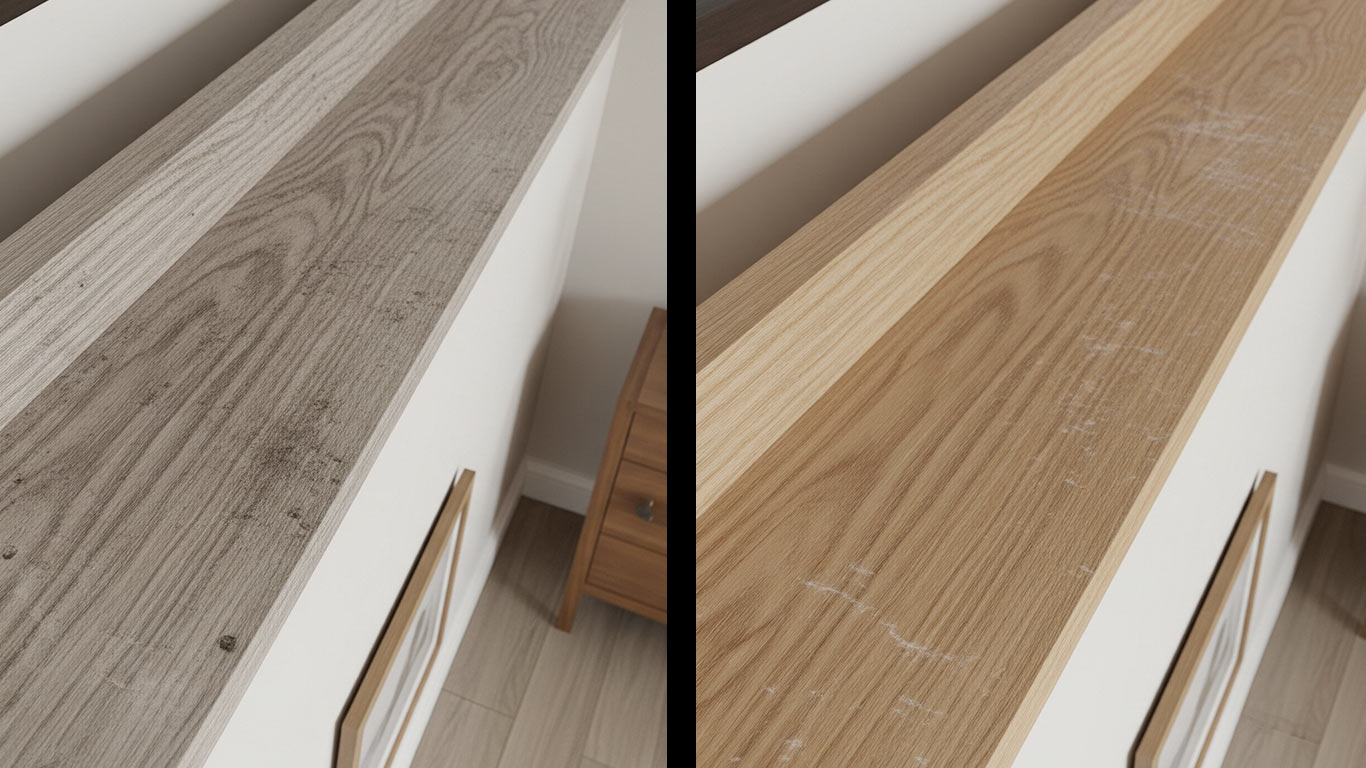
FDA
FDA 21 CFR 1040.10 - Laser Product Performance Standards



I've seen oak stand out in restoration work because its tough, dense grain absorbs laser energy without splintering or losing structural integrity, reviving aged surfaces in furniture and heritage pieces beautifully—though you must limit passes to prevent surface charring.
At 1000x magnification, the oak surface before cleaning looks covered in thick layers of grime and debris. Dark particles cling tightly to the fibers, filling every tiny pore with buildup. The overall texture appears rough and obscured, hiding the wood's natural details completely.
After laser treatment, the same oak surface at 1000x reveals clean fibers standing out sharply and clearly. Pores now sit open and empty, free from any trapped residues or dirt. The texture turns smooth and

FDA 21 CFR 1040.10 - Laser Product Performance Standards

ANSI Z136.1 - Safe Use of Lasers

IEC 60825 - Safety of Laser Products

OSHA 29 CFR 1926.95 - Personal Protective Equipment

EPA Clean Air Act Compliance